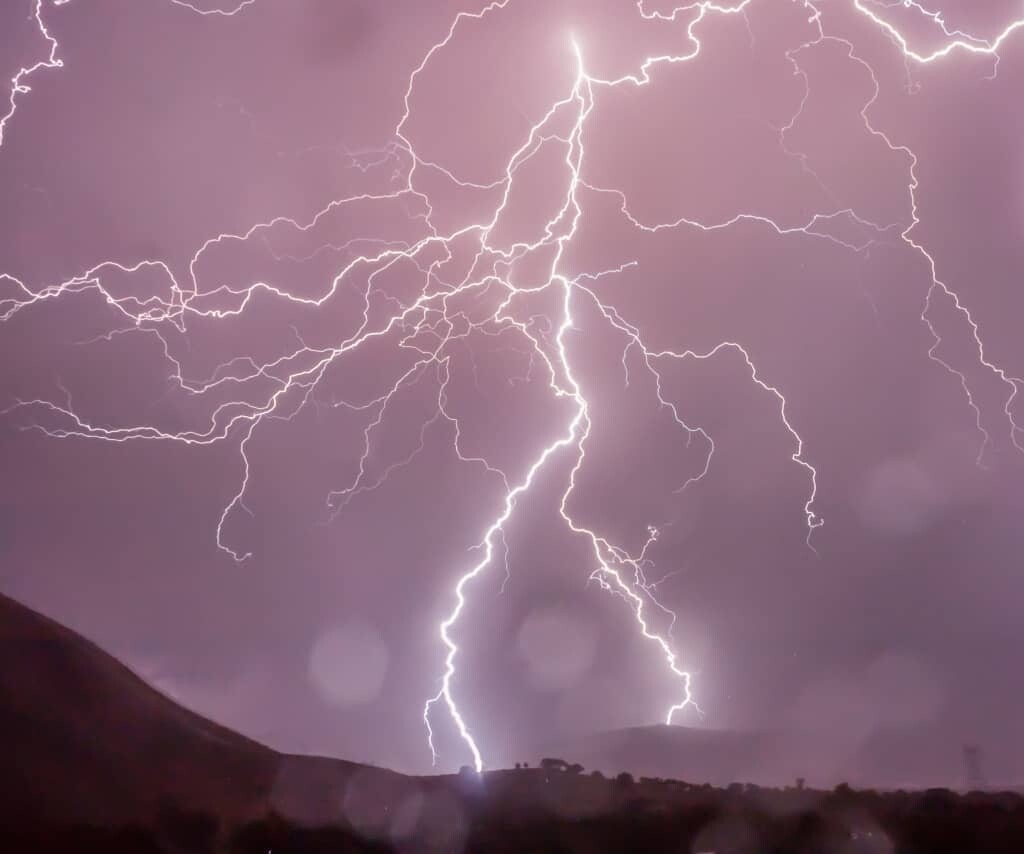Cavanuelas is an ancient Mexican tradition that is celebrated around Easter time. This tradition consists of a series of activities and rituals that practitioners carry out to predict the weather for the following weeks.
Cavanuelas Predictions 2023
These practices may vary from region to region, but they all share the same intention: to predict what kind of weather they will have during the coming months.
Although this custom has its roots in Mexico, today it is practiced and recognized internationally as part of Mexican culture.
The Cavanuelas of 2023 augur a year of great changes and challenges. The predictions are based on the observation of the behavior of animals, nature and the elements that surround people during New Year’s Day.
According to this ancestral tradition, 2023 promises to be a complicated year for some countries in economic terms. The cold and rainy weather could bring financial problems for many families, especially those with low incomes.
Workers may feel threatened by budget cuts and wage reductions.
This year will also bring increased creativity and innovation. Entrepreneurs will have more opportunities to find new ways of doing business and develop unique products to meet market needs.
It will be a good time to explore new professional or academic opportunities; as well as expand your network of friends and social influencers. Good time to take short trips and explore new tourist destinations that offer unique experiences to the curious traveler.
History of the Cavanuelas’ predictions
The Cavanuelas is a tradition of Spanish popular culture that dates back to antiquity. They are based on the concept that the weather during the twelve days following the spring equinox, March 21-31, predicts the weather for the twelve months of the year.
According to legend, this tradition originated when a man named Pedro Estrada, living in the Spanish province of Galicia, first observed how the weather varied during these twelve days and discovered that he could accurately predict what kind of weather the following months would hold.
This information was shared with his neighbors and soon spread throughout Spain.
For many centuries, people have used the predictions of the Cavanuelas as a means to prepare for the coming weather.
Farmers used these forecasts to know when to plant their crops and fishermen used these predictions to know when to go fishing. Families also used the forecasts to plan their vacations based on the predicted weather.
While modern experts doubt the actual accuracy of these ancient predictions, many people still believe in them and continue to consider them a useful means of predicting future weather.
Whether it is just tradition or superstition – or even if there is something else behind them – Cavanuelas is still widely respected as an important part of Spain’s cultural heritage.
How do you read the Cavanuelas?
Forecasts are made by observing natural phenomena and studying weather patterns. This involves identifying whether or not certain features may influence future weather, such as:
- Cold or hot waves
- High or low atmospheric pressure
- Strong and long-lasting winds
- Wet and dry conditions, among others
This is a process that requires experience to interpret the data correctly. A good canopy reader can accurately predict what type of weather will arrive in a specific area during a given period.
Cavanuelas Rainfall
Studying the behavior of animals, the flight of birds, the dark descent of the sun with a reddish light, or the way rain falls can predict rains and droughts. These predictions have been made based on several factors:
From migratory movements and animal behaviors to changes in the color of the sky during the day and night.
Popular belief says that if there are many dry leaves on trees, then it will be a dry year; while if there are many green leaves it will mean a rainy year.
The Cavanuelas have also been used to predict when the rains will begin during the dry months common in some regions of the world. Farmers rely heavily on these predictions to determine when to plant their crops and care for them during the dry period.
This ancient practice is not infallible; however, it is still used by people around the world to determine how good or bad a year may be climatologically speaking.
While it is possible to get some rainfall forecasts right thanks to the traditional Cavanuelas, it is advisable to take precautions not to rely too much on them as their accuracy is not guaranteed.
Cannuelas and Canicula (heat waves)
The Cavanuelas and the canícula are two meteorological phenomena that are repeated every year in the northern hemisphere. The Cavanuelas occur between May 15 and June 15, while the canícula occurs between July 20 and August 20.
During the Cavanuelas the weather is usually cold, humid and rainy, especially in the evening. On the other hand, during the canícula, the weather is usually hot and there may even be thunderstorms. This directly affects crops, especially wheat and other grains.
Farmers need to be prepared for these weather phenomena to avoid major damage to their crops. To do this, it is necessary to monitor weather conditions in advance so that they can make sound decisions on how best to manage their plantings at this time of year.





